
Starrett-Lehigh: From Freight Hub to Creative Landmark
The Starrett-Lehigh Building is one of New York City’s most iconic examples of adaptive reuse, where historic architecture and modern innovation intersect. Located in the heart of West Chelsea along the Hudson River, this massive structure has been part of the city’s skyline since 1931. Once a groundbreaking freight terminal, it is now a premier destination for creative businesses, with state-of-the-art amenities like Level Ten, a hospitality-inspired workspace, and a new restaurant that reflects Manhattan’s ever-evolving culinary scene.
For nearly a century, the building has adapted to the city’s shifting economic and cultural landscapes without losing its architectural soul. Its story reflects not only the history of New York’s industrial era but also the city’s ability to reinvent itself for the future.
Architectural Significance
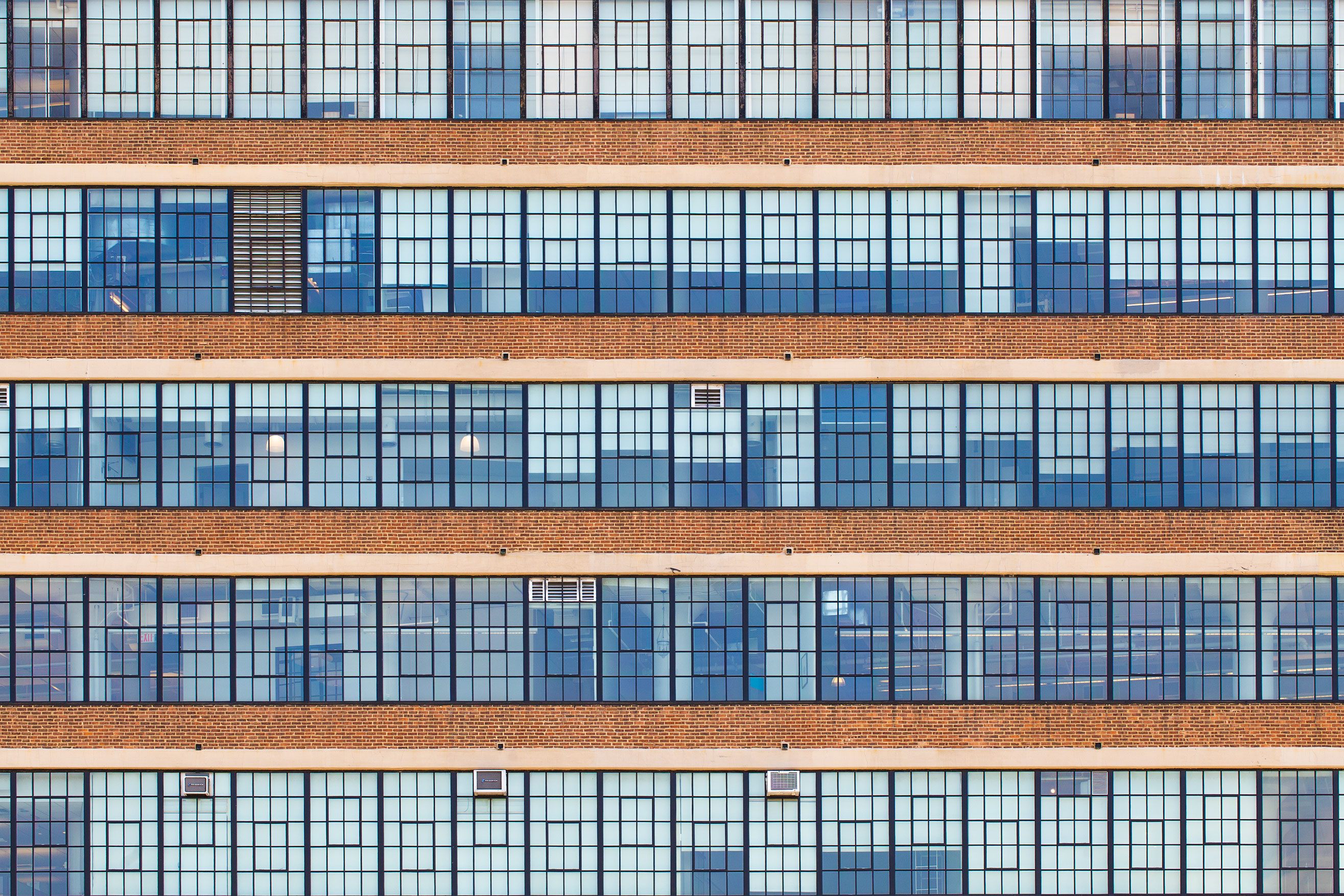
The Starrett-Lehigh Building was designed by architects Cory & Cory with noted architect Yasuo Matsui, whose portfolio includes other New York landmarks. Completed in 1931, it stood out for its bold horizontal ribbon windows, a defining feature of early Modernist architecture, and its efficient reinforced concrete frame that allowed for massive, column-free interior spaces.
Its most innovative feature at the time was its through-block design, spanning from 11th Avenue to 12th Avenue, with freight truck ramps and direct rail access inside the building. This meant goods could be transported straight from rail cars into storage or manufacturing floors without leaving the building — a major logistical breakthrough in 20th-century freight handling.
From an architectural preservation standpoint, the Starrett-Lehigh remains an essential case study in how industrial buildings can be adapted for new uses while maintaining their character. Its wide floorplates, generous ceiling heights, and abundant natural light have proven ideal for modern creative offices, studios, and showrooms.
A Landmark with a Rich History
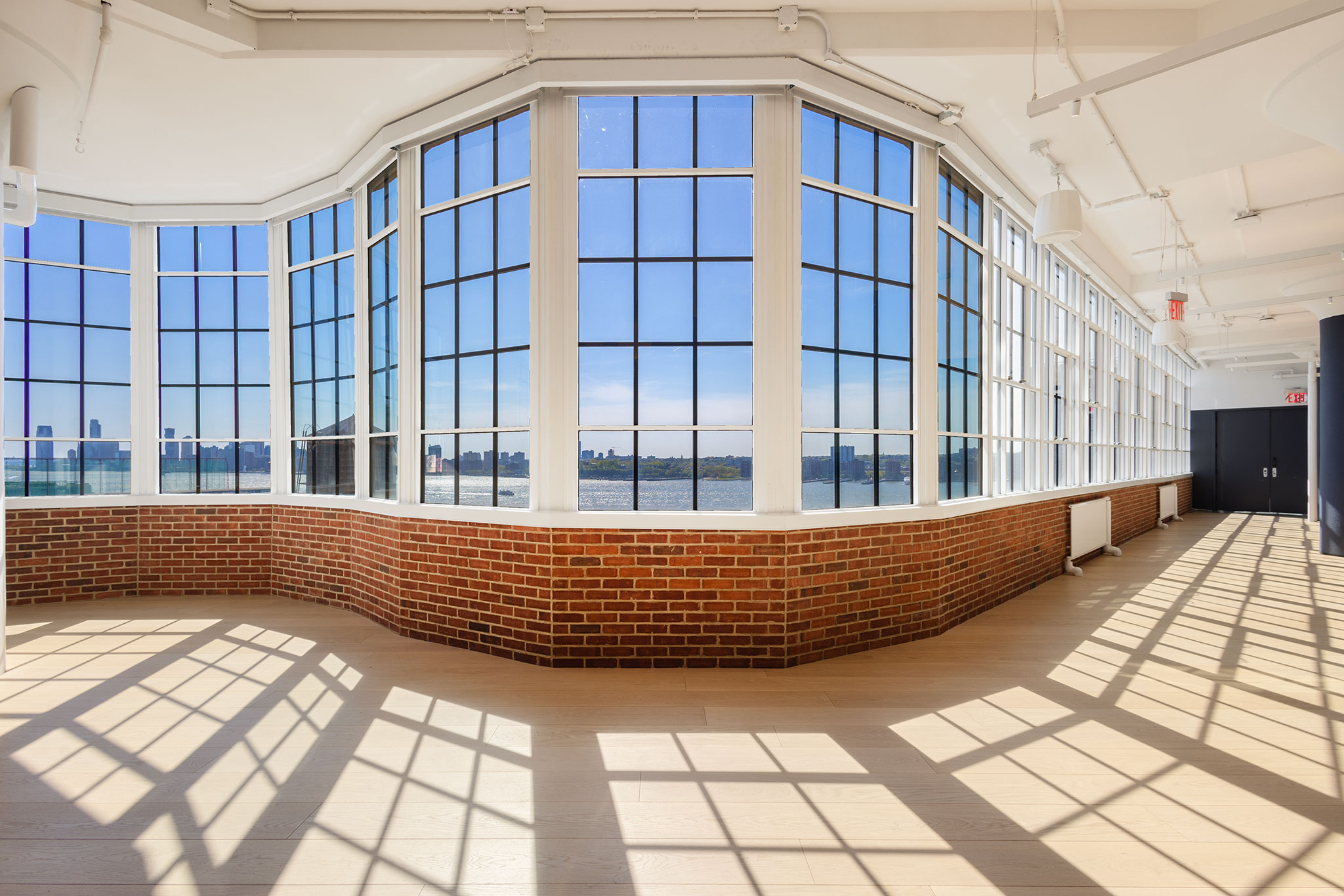
When it opened, the Starrett-Lehigh was the crown jewel of the Lehigh Valley Railroad’s New York operations. Designed as a freight terminal and warehouse, it was perfectly positioned to serve Manhattan’s growing manufacturing sector. The building handled a wide variety of goods, from textiles to food products, and became a critical part of the West Side’s industrial infrastructure.
As the decades passed, however, the city’s reliance on rail freight declined. By the mid-20th century, the building’s original purpose had faded, and its future seemed uncertain. Yet, in true New York fashion, the neighborhood began to reinvent itself. By the late 1970s and 1980s, Chelsea was attracting artists, galleries, and fashion brands drawn to the building’s large, open spaces and affordable rents.
This shift from manufacturing to creative industries mirrored larger economic changes in the city, setting the stage for the building’s next chapter as a hub for design, media, and technology companies.
Modern Transformation: Level Ten
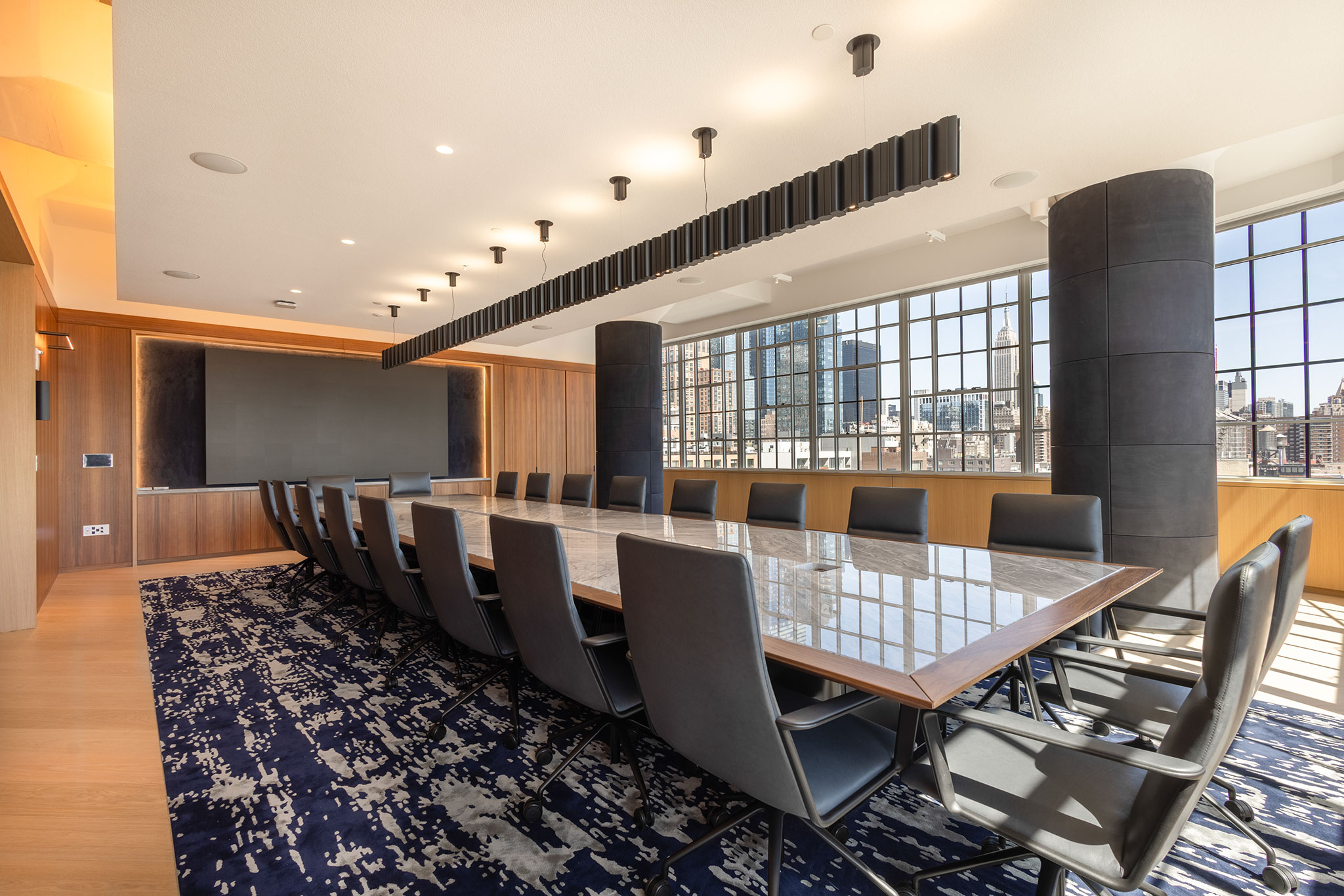
Today, the Starrett-Lehigh Building is owned by RXR Realty, which has invested significantly in modernizing the property while preserving its industrial heritage. The crown jewel of this effort is Level Ten, a 17,000-square-foot amenity floor that redefines what an office building can offer in the 21st century.
Level Ten takes inspiration from boutique hotels and members-only clubs, featuring:
- Flexible work lounges with soft seating and collaborative areas.
- Private meeting rooms equipped with advanced AV technology.
- Wellness spaces for fitness, meditation, and health-focused events.
- Outdoor terraces with sweeping views of the Hudson River and Midtown skyline.
- Event spaces for tenant gatherings, art showcases, and talks.
The design blends sleek contemporary finishes with industrial textures, a nod to the building’s freight-era origins. For companies competing for talent, Level Ten is more than an amenity — it’s a recruitment tool and a cultural statement.
A Nautical Escape in the Sky: The Yacht Club Opens Atop the Starrett-Lehigh Building
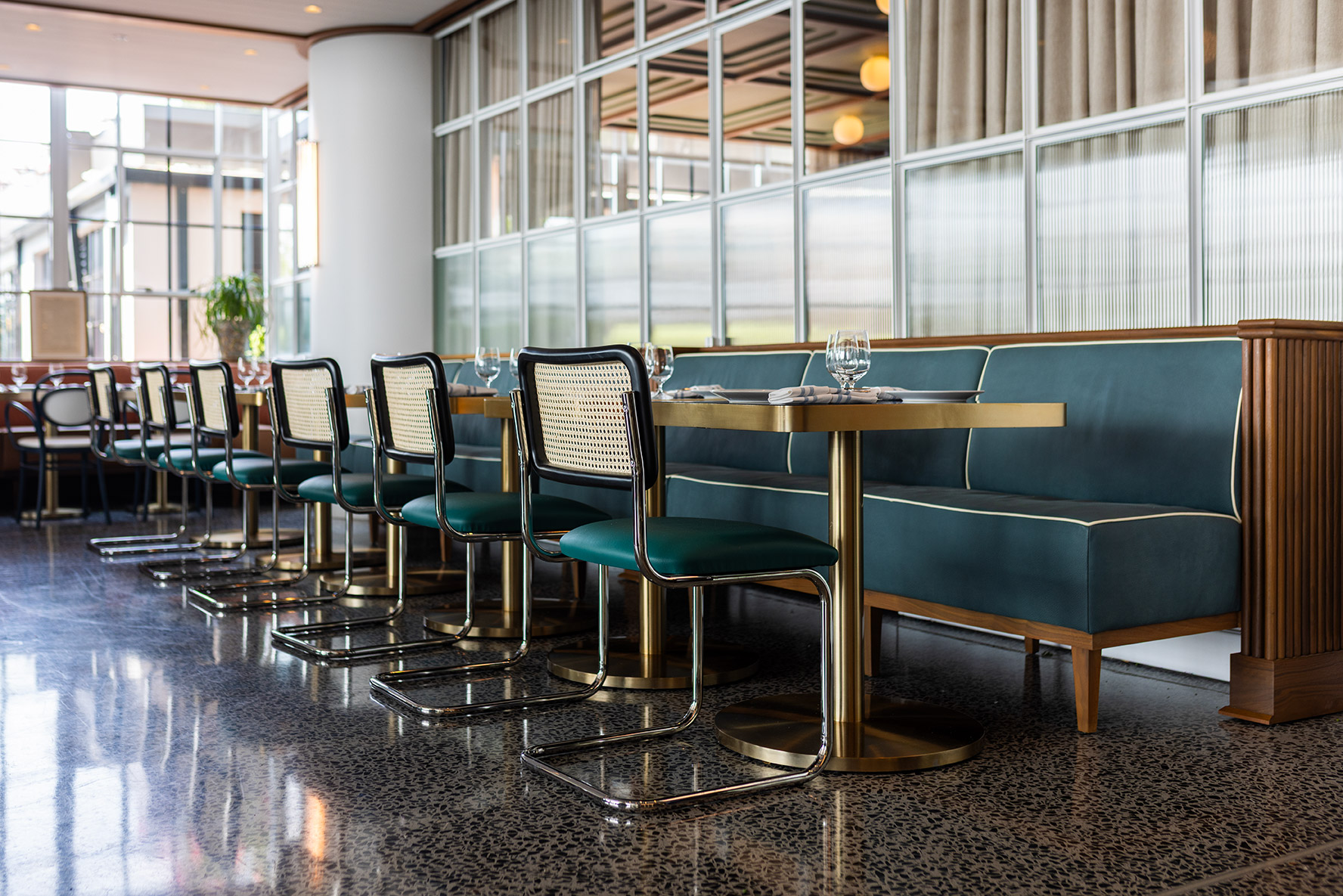
Overview & Location
The Yacht Club is a new 20,000-square-foot nautical-themed restaurant opening atop the landmark Starrett-Lehigh Building in West Chelsea. Operated by Crew, the hospitality group behind Grand Banks and Pilot, it is the company’s largest project to date. Spanning two floors and an entire city block, the venue includes indoor and outdoor dining, panoramic Hudson River views, and is part of the building’s Level Ten amenity floor.
Design & Ambience
Designed by Alex Pincus and Eric Cheong of North 45 Project, The Yacht Club draws inspiration from mid-century boat clubs. Interiors feature walnut booths, rope-wrapped columns, vintage Art Deco sconces, and reservable cabanas. A mural by Brett Land celebrates New York’s waterfront heritage, complemented by sailing yacht photography from Björn Wallander. The rooftop Lido Deck offers open-air seating and an outdoor bar with sweeping views.
Food & Drink
Led by Chef Andres Grundy and Culinary Director Kerry Heffernan, the menu emphasizes fresh seafood, including oysters (with Crew’s exclusive Sailor Baby variety), ceviche, Seared Montauk Golden Tilefish, and a one-and-a-half-pound Maine lobster roll. Meat offerings include Tomahawk Frites and Wagyu-and-foie-gras sliders. Beverage Director Anthony Gochal curates a wine list, three Martini variations, a Negroni trio, tropical-inspired rum cocktails, and yacht-named drinks such as The Delphine and The Viareggio.
Unique Features
The Yacht Club’s Lido Deck terrace serves a separate menu of shareable plates, including pizzettes, caviar, kebabs, and sliders. The space accommodates 125 seats indoors, plus a private dining room and cocktail bar for 40 guests. With its combination of elevated design, seafood-forward cuisine, inventive cocktails, and unmatched Hudson River views, The Yacht Club delivers a distinctive New York dining experience rooted in maritime elegance.
With the High Line, Chelsea Market, and Hudson Yards nearby, the restaurant positions Starrett-Lehigh as part of a larger West Side cultural and culinary circuit.
Tenants and Community
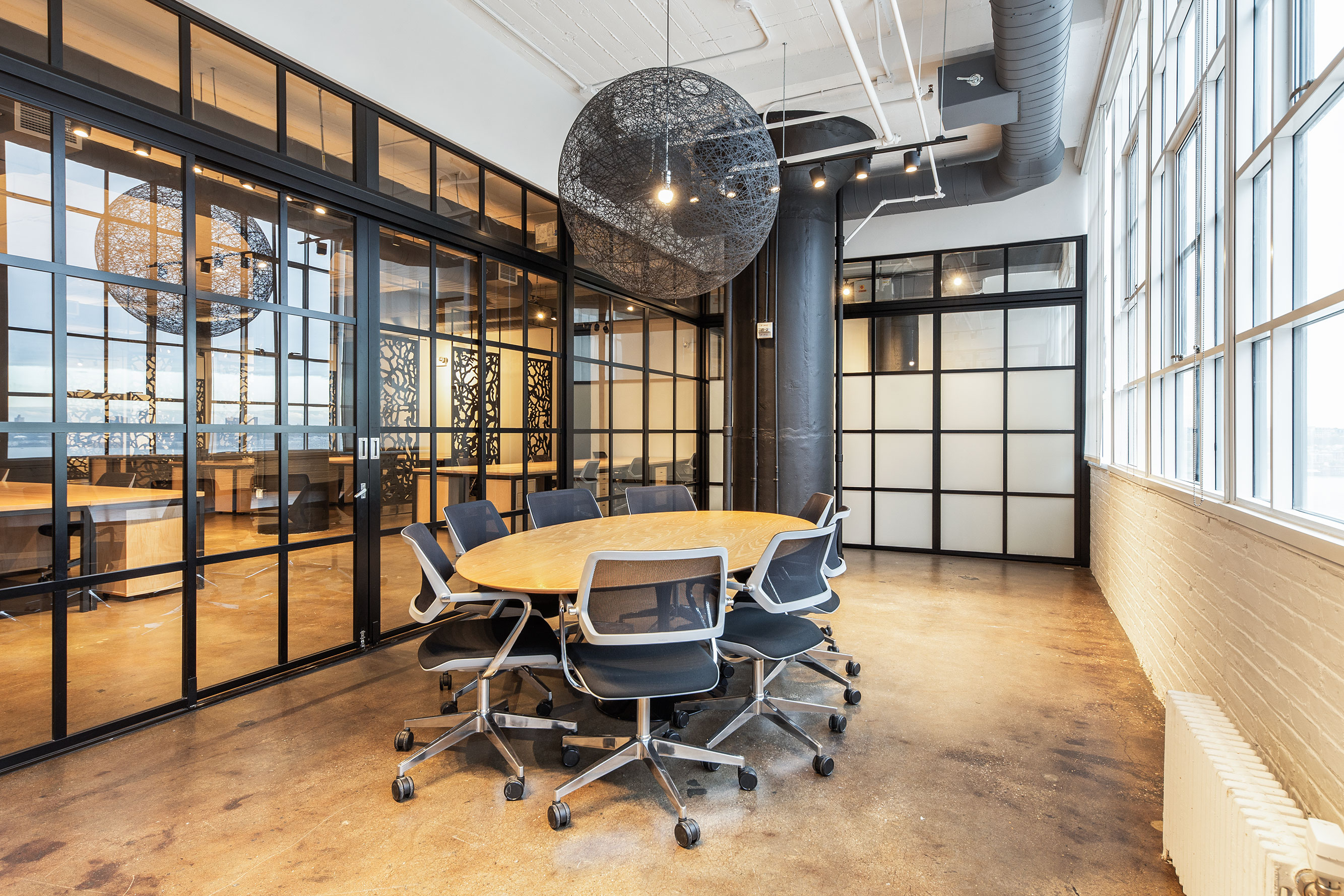
Today, the Starrett-Lehigh houses a diverse community of fashion labels, design studios, digital media companies, and tech innovators. Notable tenants include global apparel brands, architecture firms, and creative agencies whose work shapes industries worldwide.
RXR has fostered a tenant experience program that includes:
- Curated art installations throughout the building.
- Seasonal events and networking opportunities.
- Fitness and wellness initiatives.
- Access to cultural partnerships across the city.
This combination of professional infrastructure and cultural vibrancy has transformed the Starrett-Lehigh into more than an office building — it’s a creative ecosystem that continues to influence West Chelsea’s identity.
In Summary:
The Starrett-Lehigh Building is a testament to New York City’s resilience and adaptability. From its groundbreaking days as a freight terminal to its current role as a hub for creative and cultural innovation, it stands as a model for preserving the past while embracing the future. With its distinctive architecture, rich history, and forward-thinking amenities like Level Ten and the new restaurant, the building remains one of the city’s most exciting addresses.